Category
Podcast
The MLB partnered with NYU’s Tandon School of Engineering’s XR Design Class. The goal was simple: create an immerging MLB product.
6 minutes in, MLB’s Head of Creative paused our presentation and asked: “The world has 100s of millions of smartphones- why is this game in VR?”
Anyone familiar with Baseball has to appreciate the data-driven approach to this question. When creating the Stadium-Verse, my team and I designed a VR Game for the MLB as we believe in VR’s ability to deliver presence. That no amount of home runs, in-app purchases, rule changes, can amount to having a catch with a loved one.
Problem: “How might we grow avid & casual MLB fans across generations?”
Solution: Stadium-Verse is a multiplayer VR game for Oculus Quest 2 that allows players to build the field of their dreams, play in it, and watch it on any device broadcasting MLB Baseball.
Fixing Baseball with 1 simple trick:
“MLB Struggles with Millenials” … “Baseball’s BIGGEST problems.” Every year, major publications address the declining Baseball numbers with a fairly similar approach. Presenting rules, social media, or equipment changes to increase action, speed the game up, make it more accessible ie: be similar to faster-growing sports.
A few examples of the MLB buying into this come to mind: 2019 juicing the baseballs or 2021 substance ban for pitchers. My favorite culmination of ‘fixes’ being MLB’s biggest (50,000) international game in London Stadium in 2019. The Yankees and Red Sox combined for 65 hits, 11 doubles, 20 home runs, 50 runs, over two games. This being the exact stadium where 10,000 more fans cheered on as a single goal was scored putting West Ham over rival Tottenham (1–0)
Our team strongly believed that the best products are designed for people first and not problems. We saw an opportunity in beginning our development by talking to real people/MLB fans about their successful relationship with baseball.
Opportunity:
We asked our Primary Persona- Michael Batsky (middle-aged, male, baseball fan) questions like What is your relationship with baseball? When did you start watching? Who was it with? What is your first and favorite memory of baseball? Etc.
In our research we found an interesting commonality in highly engaged MLB fans — they all played Little League and/or had a close relative that was a fan. This relationship was a huge opportunity for us. How can we design a product that would recreate that “Hey Dad, you want to have a catch? Moment. We needed to design a product to connect generations and continue the tradition of baseball.
Enter: Our secondary persona: (Zoomer) Zoey Batsky, 13 years old- loves Fortnite, painting, and doodling in her diary. Doesn’t ‘get’ baseball.
In researching and talking to our secondary persona/audience we found an uphill battle but also a few opportunities. The genesis for the Groundscrew role is in the success in toys and games we admired like LEGOS, Minecraft, or Roblox. We really aimed to create a form of self-expression for young children of former or current MLB Fans. The feedback we received for Groundscrew was immensely positive from the secondary and surprisingly primary persona as well. It seemed we had stumbled onto an overlap of MLB fans also enjoying ‘simulator’ / Animal Crossing type games.
We originally structured the roles to lock like a traditional MMORPG (or D&D if my Dad is reading this 🙂 But the customization abilities of Groundscrew tested very well in the primary persona and the secondary was opposed to any type of inability to explore/experiment. This made sense to us. So we unlocked roles allowing players to do whatever they liked in the Stadium-Verse.
Successes and Difficulties
I was very lucky to work with such talented people. Seung Lawrence is an incredibly talented UX Designer and directed an incredible video that tied everything together. SeungKyung Na wore so many hats I lost count but Project Management has to be commended! Lastly, Rolando Perez aka the ‘Prince of Polish’ had the perfect adjustments to anything we designed- big or small.
The biggest challenge we had was our 5th team-mate. Everyone has worked on group projects where someone doesn’t want to do the work. What was difficult for us was they kept accepting tasks and just not following through on them.
Group Member 5’s absence resulted in a disruption of the assembly line and a backlog of work. Something I’d experienced before but it makes it extra frustrating when you’re creating things out of thin air and trying to maintain a vision. The rest of the team was understandably annoyed and we all felt like our hard work was being belittled.
To overcome this hurdle we adjusted the scope of our workflow and sacrificed one of our goals which were for everyone to collaborate in the Unity build. This adjustment still allowed us all to shine and collaborate but also to deliver a clear vision for the MLB on time.
Here it is! Please enjoy 🙂
Do you want to contact us?